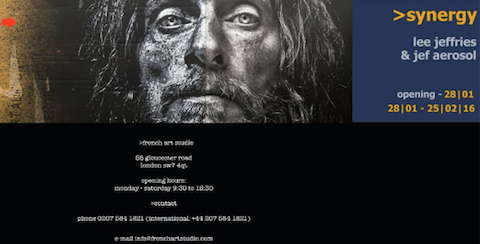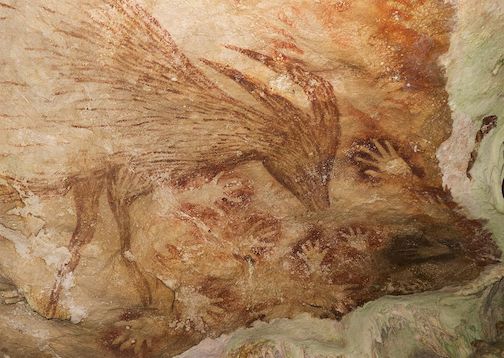The Handcrafted Paper Stencils of a Kimono Designer Who Turned to Prints

The Handcrafted Paper Stencils of a Kimono Designer Who Turned to Prints
by Claire Voon on February 24, 2016 for Hyperallergic
For decades, the late Japanese artist Yoshitoshi Mori worked as an established kimono designer, using a stencil-based technique to dye his textiles. When he shifted his focus entirely to printmaking in 1960 after experimenting with the medium, he continued working with this layered design method. His resulting wealth of kappazuri — works produced with carefully hand-cut paper stencils — drew from the mingei folk art movement of the ’20s and ’30s that cherished handicraft. Looking further back into Japanese visual traditions, they also focus on subjects of pleasure widely depicted in the ukiyo-e of the Edo period, showing sensual courtesans, kabuki actors, and scenes from Japanese myth. Multilayered and composed of intricate shapes, Mori’s prints are best appreciated up close, an opportunity given by a current exhibition at Ronin Gallery that also features a handful of his sketchbook illustrations and paintings.
While stencil-based printmaking may conjure images with rigid forms, Mori’s prints are incredibly dynamic, composed of thick but fluid lines that constantly move the eye. One rendering of Taira no Tomomori, a warrior figure and popular character included in kabuki plays, juxtaposes swirling patterns on the man’s garments with dramatic hair that shoots from his head like a fountain. In another print, the voluptuous curves of a woman taking an afternoon nap seem to make her teeter on her back. Although his works do not necessarily involve movement, with many of them being portraits, his playing of negative and positive space introduces a delightful animation.




 JEF AEROSOL & LEE JEFFRIES
JEF AEROSOL & LEE JEFFRIES 21,000 uploads to the Stencil Archive. Here's to 1,000s more.
21,000 uploads to the Stencil Archive. Here's to 1,000s more. A Journey to the Oldest Cave Paintings in the World
A Journey to the Oldest Cave Paintings in the World